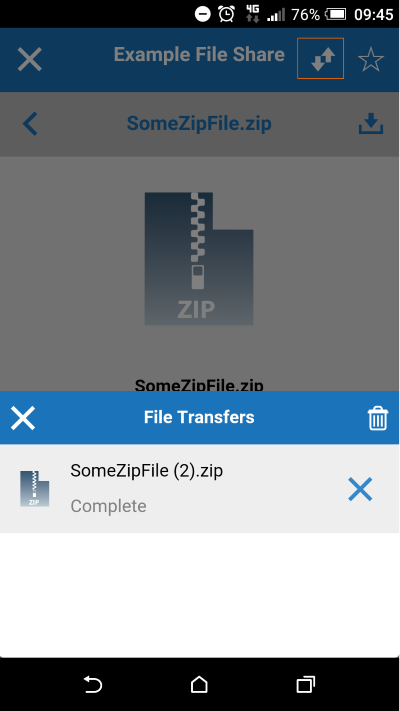Download CudaLaunch PC for free at BrowserCam. Barracuda Networks published CudaLaunch for Android operating system mobile devices, but it is possible to download and install CudaLaunch for PC or Computer with operating systems such as Windows 7, 8, 8.1, 10 and Mac.
CUDA-MEMCHECK is a functional correctness checking suite included in the CUDA toolkit. This suite contains multiple tools that can perform different types of checks. The memcheck tool is capable of precisely detecting and attributing out of bounds and misaligned memory access errors in CUDA applications. The Windows Insider SDK supports running existing ML tools, libraries, and popular frameworks that use NVIDIA CUDA for GPU hardware acceleration inside a WSL 2 instance. This includes PyTorch and TensorFlow as well as all the Docker and NVIDIA Container Toolkit support available in a native Linux environment.
Let's find out the prerequisites to install CudaLaunch on Windows PC or MAC computer without much delay.
Select an Android emulator: There are many free and paid Android emulators available for PC and MAC, few of the popular ones are Bluestacks, Andy OS, Nox, MeMu and there are more you can find from Google.
Compatibility: Before downloading them take a look at the minimum system requirements to install the emulator on your PC.
For example, BlueStacks requires OS: Windows 10, Windows 8.1, Windows 8, Windows 7, Windows Vista SP2, Windows XP SP3 (32-bit only), Mac OS Sierra(10.12), High Sierra (10.13) and Mojave(10.14), 2-4GB of RAM, 4GB of disk space for storing Android apps/games, updated graphics drivers.
Finally, download and install the emulator which will work well with your PC's hardware/software.
How to Download and Install CudaLaunch for PC or MAC:
- Open the emulator software from the start menu or desktop shortcut in your PC.
- Associate or set up your Google account with the emulator.
- You can either install the app from Google PlayStore inside the emulator or download CudaLaunch APK file from the below link from our site and open the APK file with the emulator or drag the file into the emulator window to install CudaLaunch for pc.
You can follow above instructions to install CudaLaunch for pc with any of the Android emulators out there.
-->

The Windows Insider SDK supports running existing ML tools, libraries, and popular frameworks that use NVIDIA CUDA for GPU hardware acceleration inside a WSL 2 instance. This includes PyTorch and TensorFlow as well as all the Docker and NVIDIA Container Toolkit support available in a native Linux environment.
Note
The following features are available in prerelease versions of Windows 10, and are subject to change.


Install the latest Windows Insider Dev Channel build
To use this preview, you'll need to register for the Windows Insider Program. Once you do, follow these instuctions to install the latest Insider build. When choosing your settings, ensure you're selecting the Dev Channel.
For this preview, you need Build 20150 or higher. You can check your build version number by running winver via the Run command (Windows logo key + R).
Install the preview GPU driver
Download and install the NVIDIA CUDA-enabled driver for WSL to use with your existing CUDA ML workflows.
Cudalaunch Login

Set up WSL 2 for the preview
Cudalaunch Download
Once you've installed the above driver, ensure you enable WSL 2 and install a glibc-based distribution (such as Ubuntu or Debian). Ensure you have the latest kernel by selecting Check for updates in the Windows Update section of the Settings app.
Cudalaunchkernel
Note
Ensure you have Receive updates for other Microsoft products when you update Windows enabled. You can find it in Advanced options within the Windows Update section of the Settings app.
For this preview, you need a kernel version of 4.19.121 or higher. You can check the version number by running the following command in PowerShell.
Now you can start using your exisiting Linux workflows through NVIDIA Docker, or by installing PyTorch or TensorFlow inside WSL 2. More information on getting set up is captured in NVIDIA's CUDA on WSL User Guide.
Share feedback on NVIDIA's support via their Community forum for CUDA on WSL.
